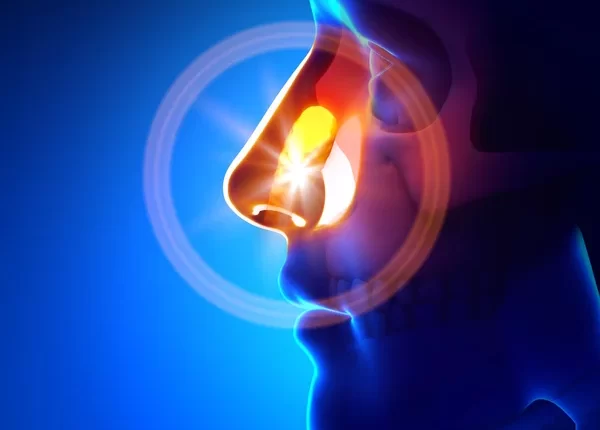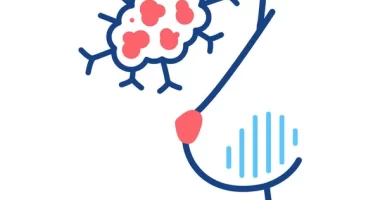How does the nasal cavity’s immune system combat SARS-CoV-2? The ongoing COVID-19 pandemic has had a devastating impact on the world, causing millions of deaths and trillions of dollars in damage. The virus, SARS-CoV-2, primarily infects the respiratory tract, and the severity of the disease often depends on where the infection takes hold. Infections confined to the nasal passages typically result in milder symptoms, while those that reach the lungs can be life-threatening.
The severity of COVID-19 infections often hinges on the location of the viral attack. While infections confined to the upper respiratory tract, primarily the nasal cavity, tend to be milder, those that reach the lungs can lead to severe complications. This underscores the importance of understanding the immune response in the nasal cavity, the first line of defense against inhaled pathogens.
The study employed genetically modified mice infected with the BA.1.351 subvariant of SARS-CoV-2. The researchers specifically focused on the activity of CD4+ helper T cells and CD8+ cytotoxic T cells in both the nasal cavity and the lungs. Their findings revealed a surprising disparity in T cell activity between the two respiratory organs.
In the nasal cavity, both CD4+ and CD8+ T cells exhibited robust activity, secreting the potent antiviral weapon granzyme B, effectively clearing the virus. Notably, the presence of either CD4+ or CD8+ T cells was sufficient to prevent severe infection, highlighting their crucial role in nasal defense.
In contrast, T cell activity in the lungs was minimal, suggesting a less prominent role in combating the virus at this site. This finding challenges the traditional assumption that lung T cells are the primary defenders against respiratory infections.
Further experiments using immunocompromised mice devoid of T cells shed light on the critical role of these immune cells in viral clearance. In the absence of T cells, viral DNA persisted in the nasal epithelium for weeks, even months, following infection. This prolonged viral presence was associated with increased viral diversity, potentially creating a breeding ground for new and potentially more dangerous SARS-CoV-2 variants.
Key Findings
- T cells are crucial for viral clearance in the nasal cavity, but not in the lungs. This is a surprising finding, as it suggests that T cells play a much more significant role in defending the upper respiratory tract than the lower respiratory tract.
- Both CD4+ and CD8+ T cells are important for fighting off the virus. However, the study found that if at least one of these cell types is present, the infection can still be controlled.
- Immunocompromised individuals may harbor the virus for longer and contribute to the emergence of new variants. This finding highlights the importance of protecting vulnerable populations from COVID-19.
This research provides valuable insights into the immune response to COVID-19 in the nasal cavity. By understanding how T cells and other immune cells work to fight off the virus in this critical location, researchers may be able to develop more effective vaccines and treatments that specifically target the upper respiratory tract. This could ultimately help to reduce the severity and spread of COVID-19.
ALSO READ: Heavy Metal Exposure Linked to Lower Egg Reserves in Middle-Aged Women








